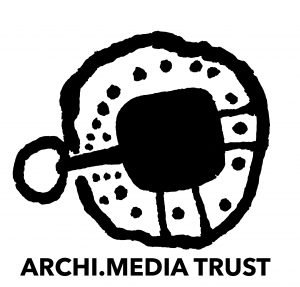Conflict
Heritage protection starts in times of peace. The 1954 Hague Convention and its two protocols provide guidelines to adopt measures to be implemented before, during and after conflict. Therefore, synergies between World Heritage and other relevant conventions and instruments, e.g. the 1970 Convention against Illicit Trafficking and the Sendai Framework for Disaster Risk Reduction, must be reinforced. In peace time, a sound civil and military cooperation shall guarantee effective protection mechanisms to be used amid crisis. In recent conflicts, conventions provided very limited heritage protection. Preventive measures, risk preparedness and awareness raising, as well as share of good practices for people-centred response, recovery and reconstruction are particularly relevant in this juncture. Initiatives for cultural heritage protection in extreme situations, including conflicts and terrorist attacks, should be intensified also making widespread use of new technologies. This is why we call for a direct involvement of NGOs and civil society at large.

















XXX
TOPIC
Art is a universal and powerful mean of communication. It can be considered even more so in an armed conflict affected situation, where art’s multifaceted potential can be used to convey the unheard voices of many stakeholders. A work of art can express people’s cultural identity, it can address people’s suffering, it can give form to a message of peace or support, it can be used to appeal the public opinion for recovery from armed conflict affected areas.
This panel, having as keywords art, heritage, conflict and civil society, aims at shedding light on the initiatives undertaken by creators, artists and performers to answer questions, such as:
What is the role that an artwork can play in an armed conflict related area? How can art contribute to mitigate people’s distress? How can art work at the level of consciousness, raising people’s awareness where heritage is a target of armed conflict? How do art related professionals help communities in their efforts to recover from destruction? How can art contribute to convey the right narrative for armed conflict affected heritage?
PROGRAM
Mizuko Ugo & Giovanni Fontana Antonelli - Opening and welcome
Rafiq Kathwari – Winner, Patrick Kavanagh Poetry Award. Kashmiri-American activist
Topic: The Human Cost of the Kashmir Dispute
Faustin Linyekula – Dancer, choreographer, storyteller. The Democratic Republic of the Congo
Topic: Art as a space where re-imagining possibilities
Omer Qais – Sculptor, Iraq
Topic: Vision for the future of Mosul. Art and Society
Shyrine Ziadeh – Founder, Ramallah Ballet Center – Dance School (2011, Palestine)
Topic: Dabkeh as a powerful tool to safeguard our intangible heritage
Vanessa Fraga Prol – Summary of the Session